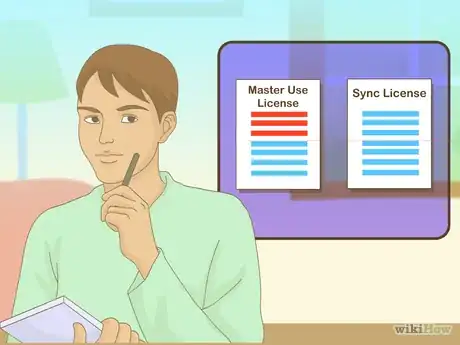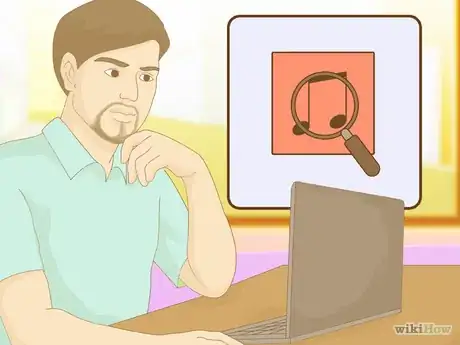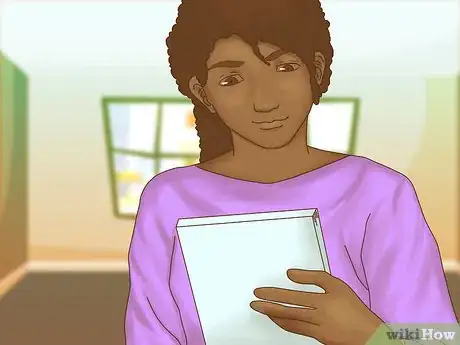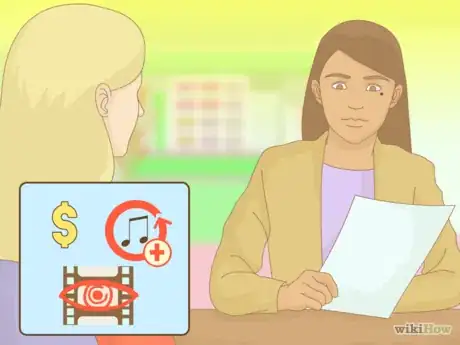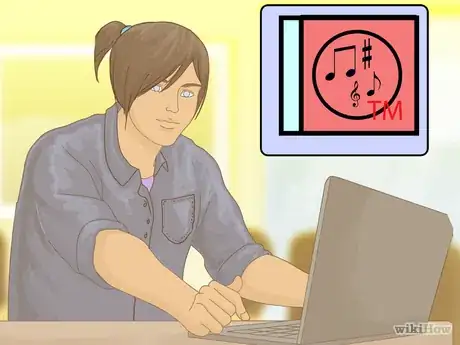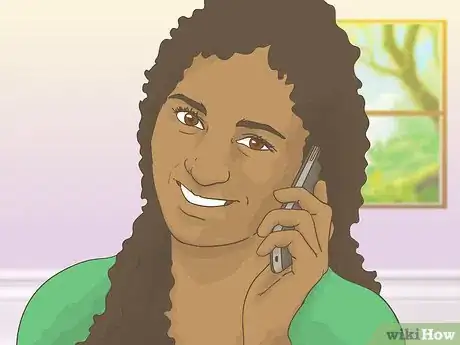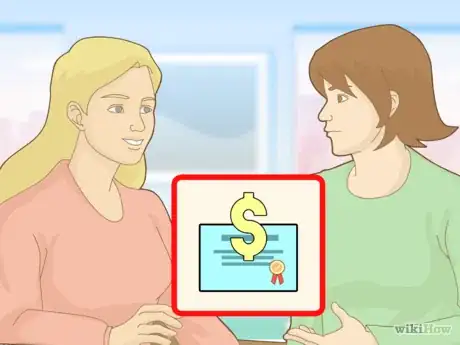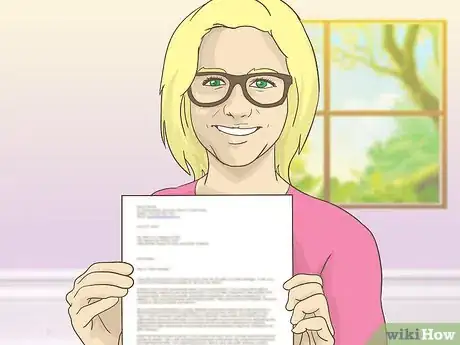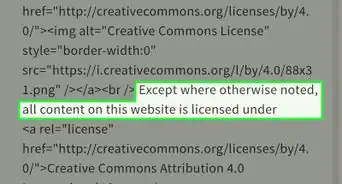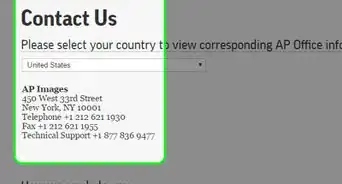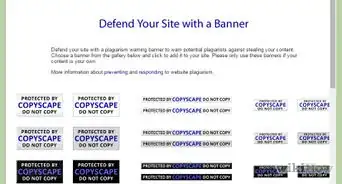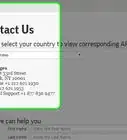This article was co-authored by Clinton M. Sandvick, JD, PhD. Clinton M. Sandvick worked as a civil litigator in California for over 7 years. He received his JD from the University of Wisconsin-Madison in 1998 and his PhD in American History from the University of Oregon in 2013.
This article has been viewed 30,342 times.
If you want to upload a cover song to YouTube, or distribute the video in any way, then you will need what is called a synchronization license.[1] In fact, you need to get “sync rights” to a song whenever you want to bundle a song with your own visual images.[2] This can happen whenever you want to use a song in a music video, commercial, or movie. To get sync rights, you need to contact the song's publisher and get a license.
Steps
Understanding the Rights You Want
-
1Decide if you need a “master use license” instead. If you want to use a specific recording of a song, then you need what is called a “master use license.” For example, if you want to use Beyonce's version of “If I Were a Boy,” then you need the master use license in addition to the synchronization license.
- You need only a sync license if you will have someone else perform the song. This person could be you, someone you hire to sing the song, or an orchestra to perform the song.
-
2Identify the song you want to use. You need to find the name of the song that you want to use. If you only know a few lyrics, then try to find the name of the song. You need to contact the publisher to get a sync license.
- If you know only a few lines to a song, then see Find a Song You Don't Know the Name Of for tips on how to identify a song.
Advertisement -
3Understand licenses. If you are successful at getting sync rights, then they will be transferred to you by a license. A license grants you rights for a limited amount of time. A license can also limit your use of those rights.
- For example, a license could grant you the right to use the song in a music video but not in a movie. Or the license could grant you the right to use it in one visual production or to use it in an unlimited number of videos.
- A license is like a lease to an apartment. When you get a lease, you do not own the apartment. Instead, you are given the right to use it for a set amount of time. However, the landlord can still place limitations on how you use the apartment. The publisher of a song can likewise put limits on how you use your sync rights.
-
4Gather relevant information for your application. You will need to contact the song's publisher and request sync rights. You will also probably need to provide some basic information about what you want to use the song for. Pull together the following information before reaching out to the publisher:
- a synopsis of the film, including information about the budget
- a detailed description of how you intend to use the song (e.g., in the opening or closing credits)
- the number of times you plan to use the song
- where a film will be shown (e.g., an independent film festival or online)
Getting Sync Rights
-
1Find the publisher. In order to get sync rights you need to contact the publisher who represents the song's writer or producer. You can find the publisher in a couple of ways:[3]
- Check the CD case. The publisher for a song should be listed.
- Search websites like BMI, ASCAP, or SESAC. These organizations represent publishers and songwriters. You can search these databases by song title, writer, artist, and publisher.
-
2Contact the licensing department. Once you have a publisher contact, you need to call them and tell them that you would like to license sync rights to a certain song. Tell them the name of the song, the writer, publisher, and length of the music.[4]
- For example, you might want to use the first minute of a song in your film's opening credits. You need to accurately state how much of the song you want to use and the purpose because these will impact the fee you are quoted.
-
3Negotiate the licensing fee. There is no standard fee that you will pay.[5] Instead, the publisher will quote you a number. You can either accept it or try to negotiate the fee lower.
- It can be very difficult to negotiate with music publishers. Some might have a “take it or leave it” approach. Realize, however, that you might be able to lower the licensing fee if you use less of the song.
-
4Hire a lawyer, if necessary. You might need help getting the synch rights. Sometimes, more than one publisher owns rights to a song, so you need to coordinate with multiple publishers.[6] If you need assistance, then speak with an attorney. You can find an entertainment lawyer by contacting your state's bar association, which should run a referral program.
- Some law firms provide “pro bono” services for people who work in the creative arts. You should think about looking into this option if you run into resistance from the publisher. Search for artist organizations in your city or county. These organizations sometimes have contacts with lawyers willing to provide pro bono legal services.
- You could also hire a music clearance and licensing company.[7] They have experience obtaining sync rights. To find one, search the Internet for “music rights specialist.”
-
5Get the license in writing. Do not use the song until you have a valid, signed license. After you receive the contract from the publisher, show it to your attorney before signing.
Warnings
- You should not use a song without permission, even to put it on YouTube. You will not only violate YouTube's terms of service, but it is also copyright infringement to use a song without permission. You could be sued.⧼thumbs_response⧽
References
- ↑ http://www.musicindustryhowto.com/how-to-get-a-synchronization-license-for-youtube-cover-songs/
- ↑ http://newenglandfilm.com/magazine/2000/07/getting-in-tune
- ↑ http://newenglandfilm.com/magazine/2000/07/getting-in-tune
- ↑ http://newenglandfilm.com/magazine/2000/07/getting-in-tune
- ↑ http://newenglandfilm.com/magazine/2000/07/getting-in-tune
- ↑ http://newenglandfilm.com/magazine/2000/07/getting-in-tune
- ↑ http://newenglandfilm.com/magazine/2000/07/getting-in-tune
- ↑ http://newenglandfilm.com/magazine/2000/07/getting-in-tune
